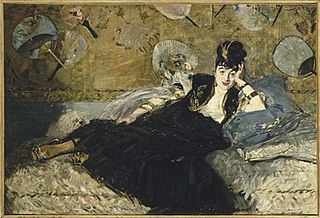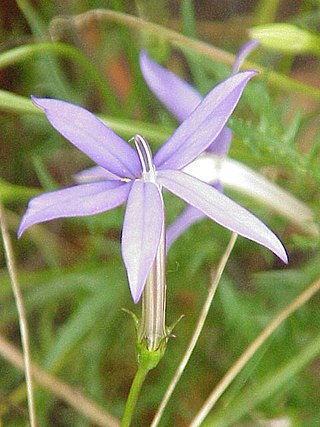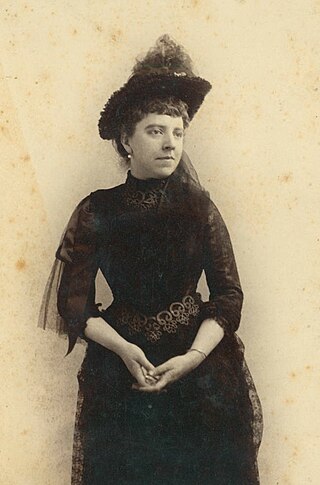
The black-shouldered kite, also known as the Australian black-shouldered kite, is a small raptor found in open habitats throughout Australia. It resembles similar species found in Africa, Eurasia and North America, including the black-winged kite, a species that has in the past also been called "black-shouldered kite". Measuring around 35 cm (14 in) in length, with a wingspan of 80–100 cm (31–39 in), the adult black-shouldered kite has predominantly grey-white plumage and prominent black markings above its red eyes. It gains its name from the black patches on its wings. The primary call is a clear whistle, uttered in flight and while hovering. It can be confused with the related letter-winged kite in Australia, which is distinguished by the striking black markings under its wings.
The Peace of Callias is a purported peace treaty that supposedly was established around 449 BC between the Delian League and the Achaemenid Empire and ended the Greco-Persian Wars. The peace would then be the first compromise treaty between Achaemenid Persia and a Greek city.
Callias was an Ancient Greek statesman, soldier and diplomat active in 5th century BC. He is commonly known as Callias II to distinguish him from his grandfather, Callias I, and from his grandson, Callias III, who apparently squandered the family's fortune.
Callias was an ancient Athenian aristocrat and political figure. He was the son of Hipponicus and an unnamed woman, an Alcmaeonid and the third member of one of the most distinguished Athenian families to bear the name of Callias. He was regarded as infamous for his extravagance and profligacy.
Callias of Chalcis, son of Mnesarchus, together with his brother Taurosthenes, succeeded his father as tyrants of Chalcis. Callias formed an alliance with Philip of Macedon against Plutarch, tyrant of Eretria, with the view of extending his authority over the whole of Euboea, a design which, according to Aeschines, he disguised as a plan for uniting in one league the states of the island and establishing a general Euboean congress based at Chalcis.

Trichobacteriosis axillaris is a superficial bacterial colonization of the hair shafts in sweat gland–bearing areas, such as the armpits and the groin. It is a trivial disease of worldwide occurrence that is believed to be caused by the genus Corynebacteria.

Choerospondias axillaris, known in English as the Nepali hog plum, is a tree in the family Anacardiaceae. It is the sole species in genus Choerospondias. It is native to the Himalayas, Indochina, southern and north-central China, Taiwan, and Japan. It is a common fruit in Nepal and Bhutan, called lapsi and aamli in the Nepali-speaking community.

The fan-tailed widowbird, also known as the red-shouldered widowbird, is a species of bird in the family Ploceidae, which is native to grassy and swampy areas of the tropical and subtropical Afrotropics.

The black monarch is a species of bird in the family Monarchidae. It is found in the New Guinea Highlands. Its natural habitats are subtropical or tropical moist lowland forest and subtropical or tropical moist montane forest.

Erebia is a Holarctic genus of brush-footed butterflies, family Nymphalidae. Most of the about 90–100 species are dark brown or black in color, with reddish-brown to orange or more rarely yellowish wing blotches or bands. These usually bear black spots within, which sometimes have white center spots.
Callias, sometimes called by the nickname Schoenion (Σχοινίων), was a poet of the Old Comedy.

Olearia axillaris, commonly known as coastal daisy-bush, coast daisy-bush or coastal daisybush is a species of flowering plant in the family Asteraceae and is endemic to coastal areas of Australia. It is an erect, bushy shrub with densely cottony-hairy branchlets, aromatic, linear to narrowly elliptic or narrowly lance-shaped to egg-shaped leaves with the narrower end towards the base and small white and yellow, daisy-like inflorescences.
Hermogenes was an ancient Athenian philosopher best remembered as a close friend of Socrates as depicted by Plato and Xenophon.
Callias was the head of a wealthy Athenian family.

Anne-Marie Gaillard, known as Nina de Villard de Callias, Nina de Callias or Nina de Villard, was a French composer, pianist, writer, and salon hostess.

Muehlenbeckia axillaris is a low evergreen shrub, forming wiry mats up to about 1 metre in diameter, native to New Zealand, and the Australian states of Tasmania, New South Wales and Victoria. It has thin, red-brown stems, with glossy squarish to roundish leaves that are less than 1 cm (0.39 in) in diameter and 2–4 mm (0.079–0.157 in) thick. Flowers are inconspicuous, yellowish-white, 4–8 mm (0.16–0.31 in) in diameter, and borne in groups of up to three in the axils. The fruit is black, shiny, and up to 3.5 mm (0.14 in) long, produced in late summer to fall.

Erebia callias, the Colorado alpine, is a member of the Satyridae subfamily of the Nymphalidae butterflies. It is found in alpine areas of Wyoming and Colorado in the U.S. Rocky Mountains as well as various mountain ranges in eastern Asia.

Isotoma axillaris, commonly known as rock isotome or showy isotome, is a small herbaceous perennial in the family Campanulaceae. It usually has blue or mauve star-shaped flowers from September to May. It may also be called blue star, star flower, or laurentia.
Callia is a genus of longhorn beetles of the subfamily Lamiinae.

Nancy Fish Barnum Callias D'Orengiani, Baroness was an English socialite, daughter of a successful cotton miller and the second wife of P. T. Barnum, 40 years her senior. After the death of Barnum's first wife in 1873, they married the following year in both London and New York City. After his death in 1891, he left her a large annuity.











